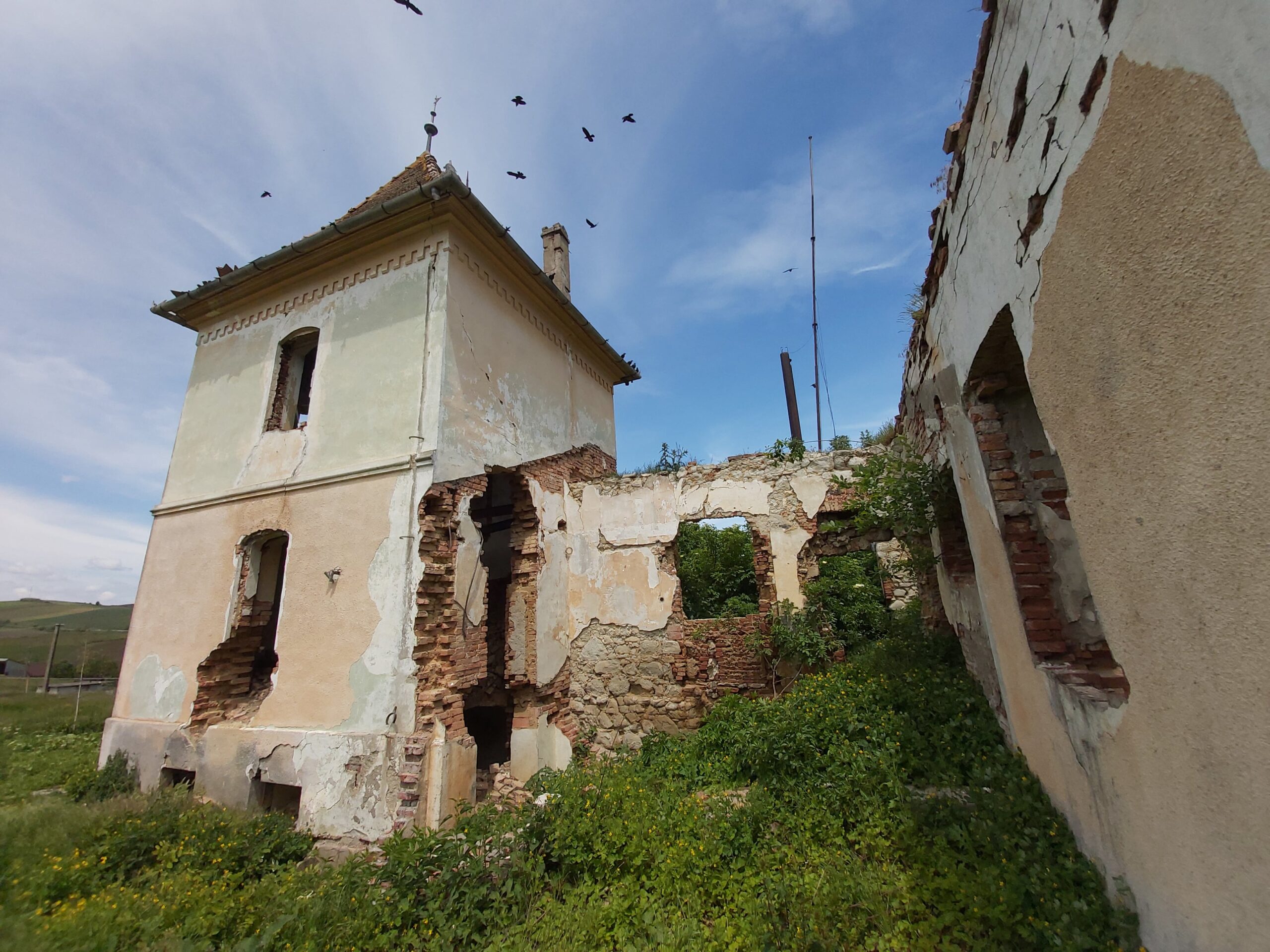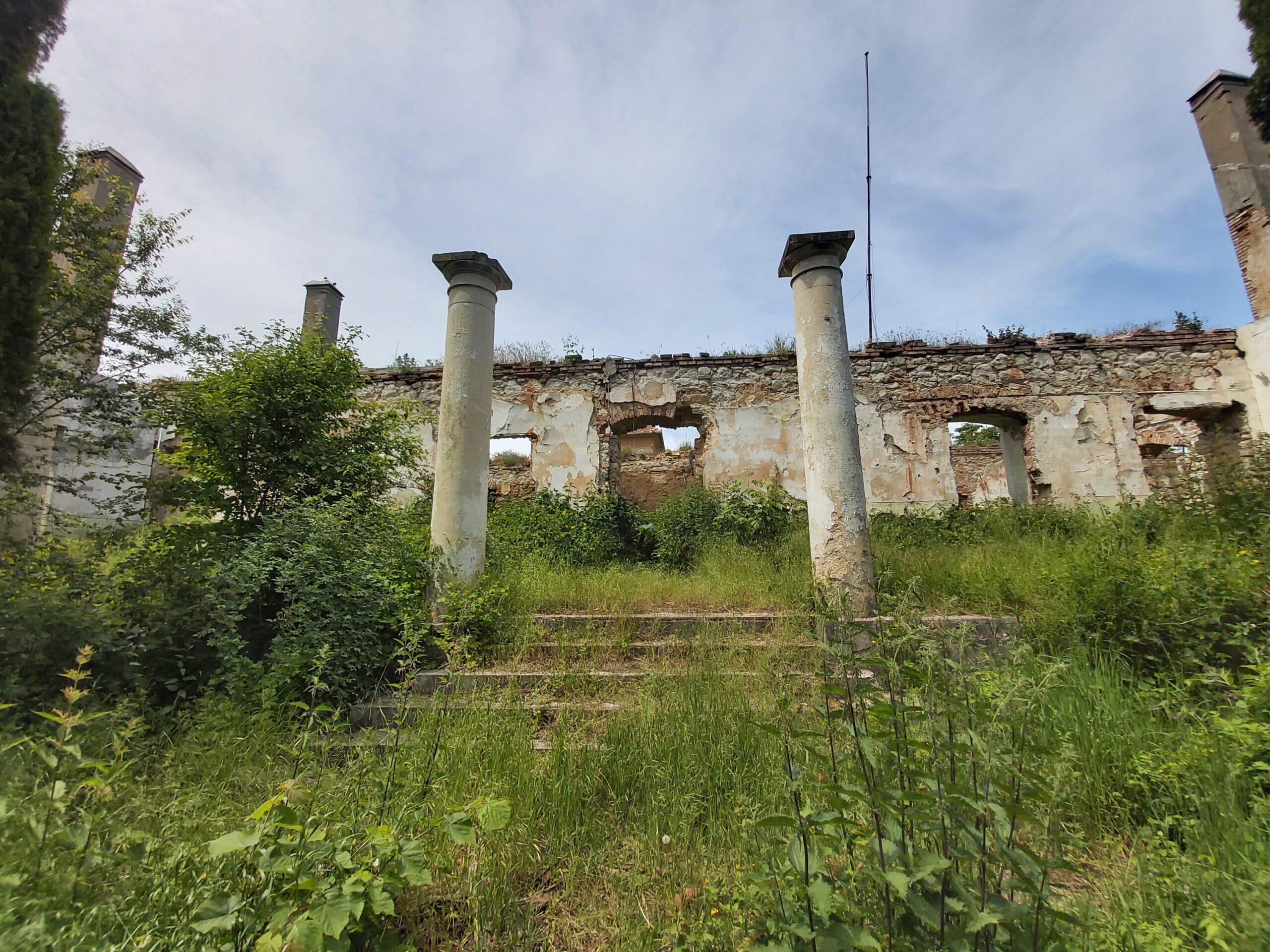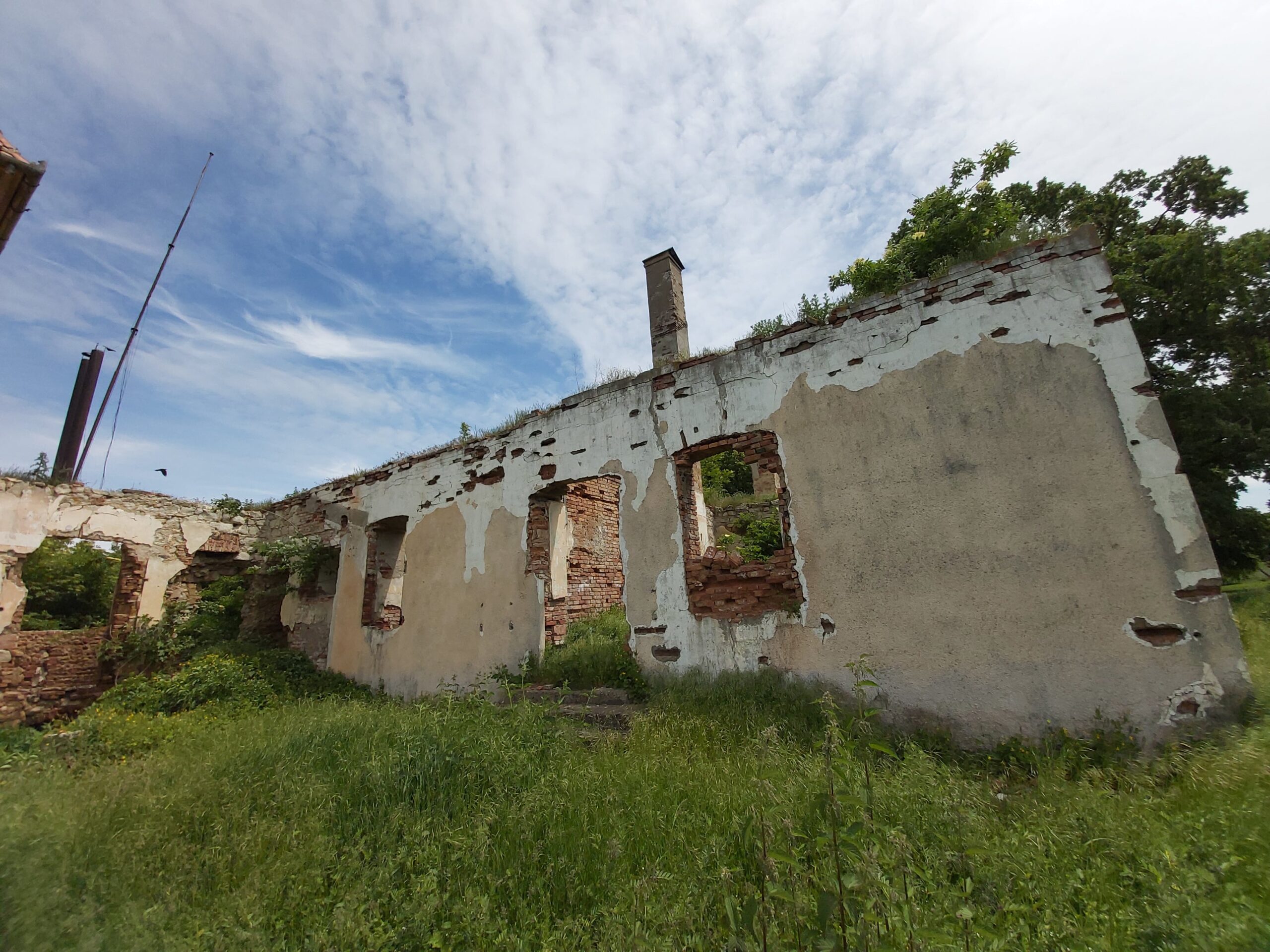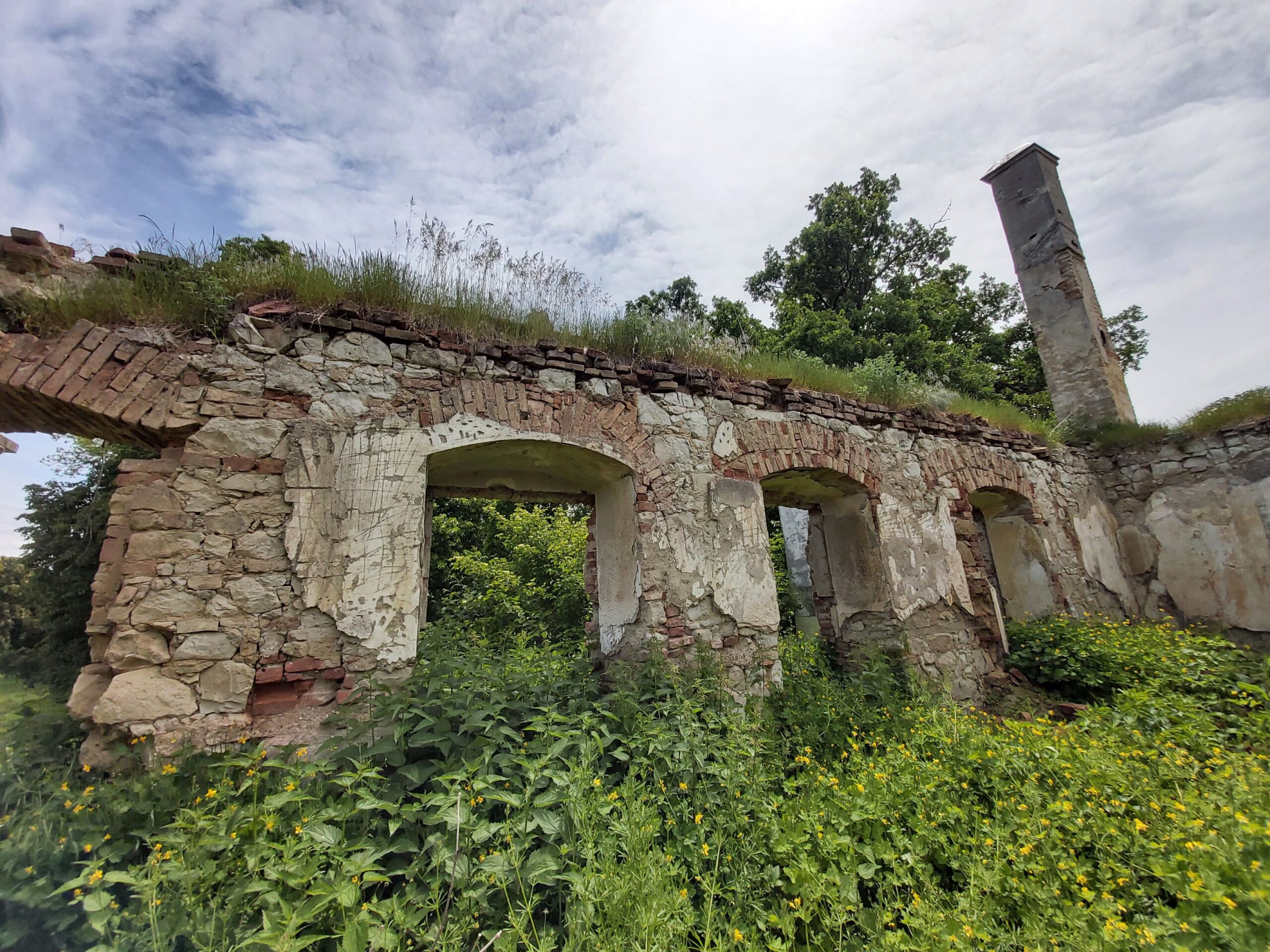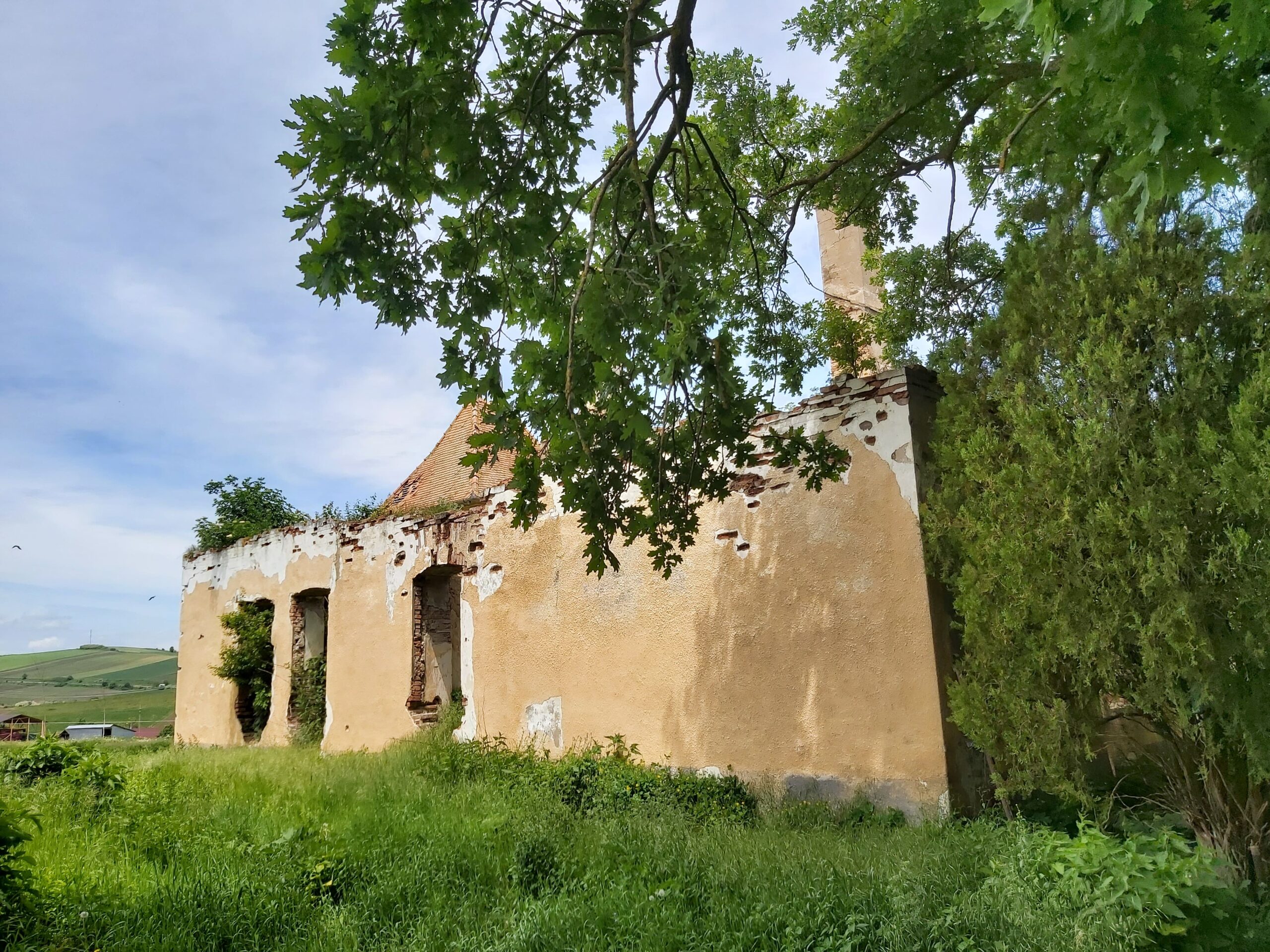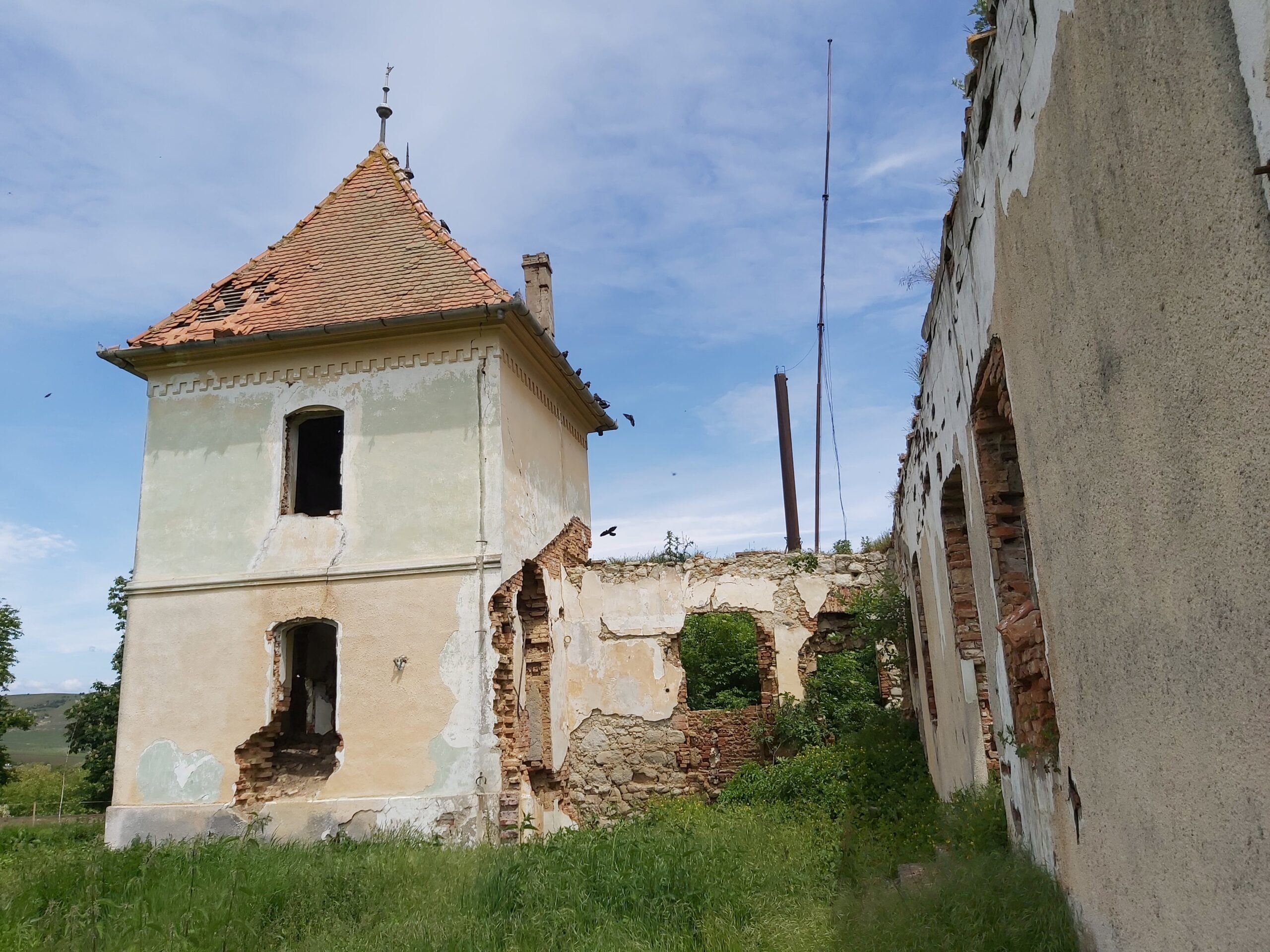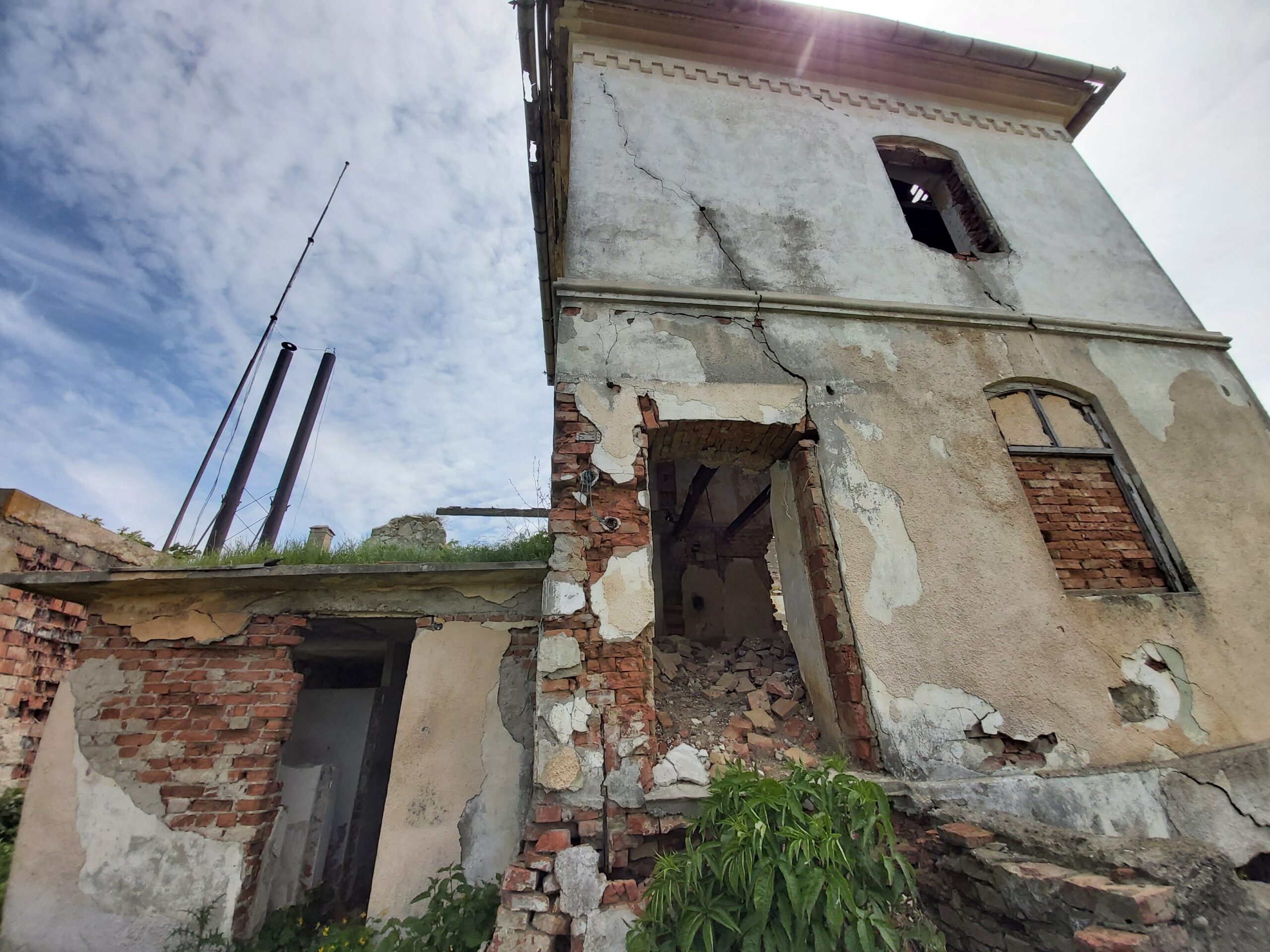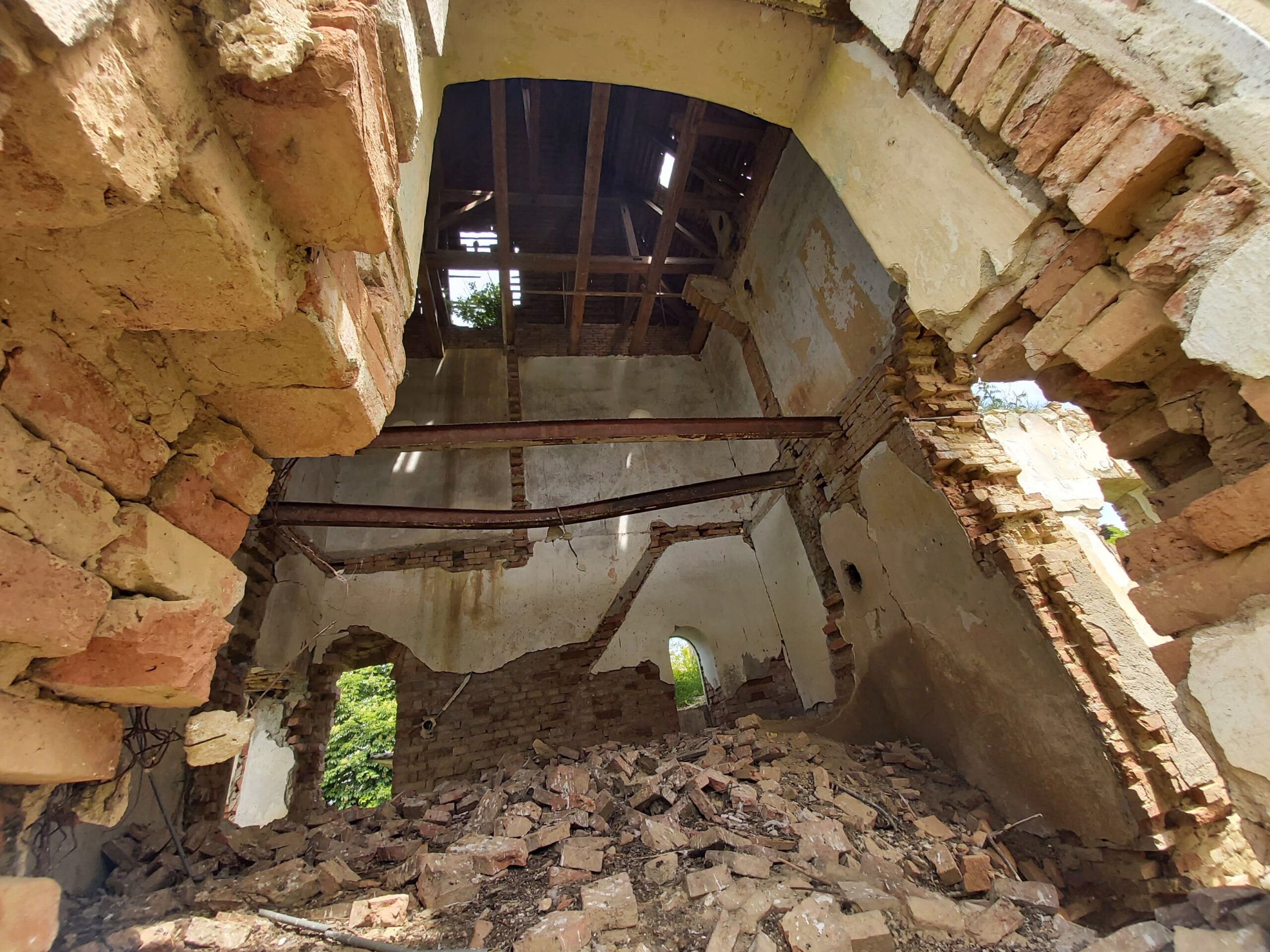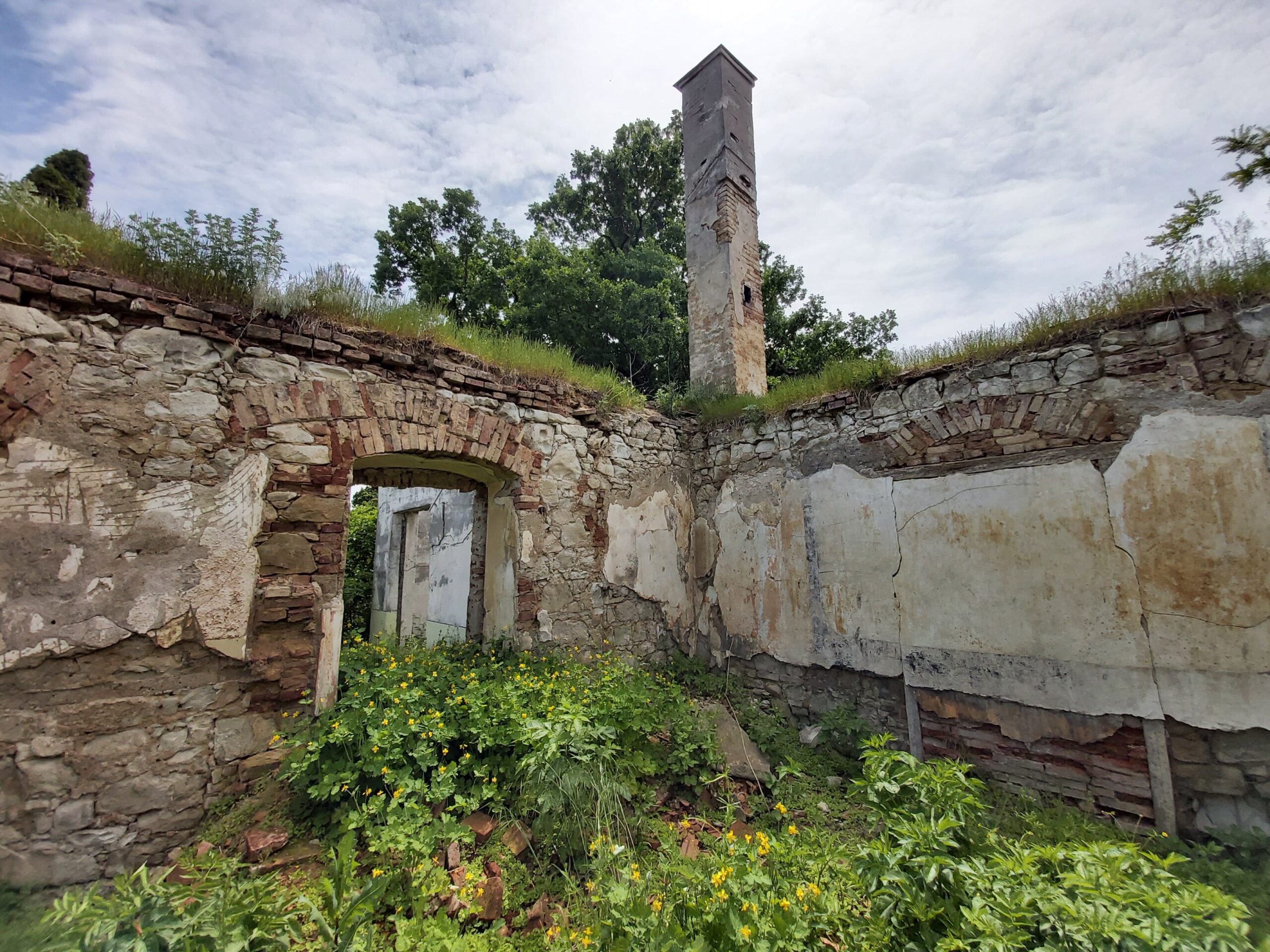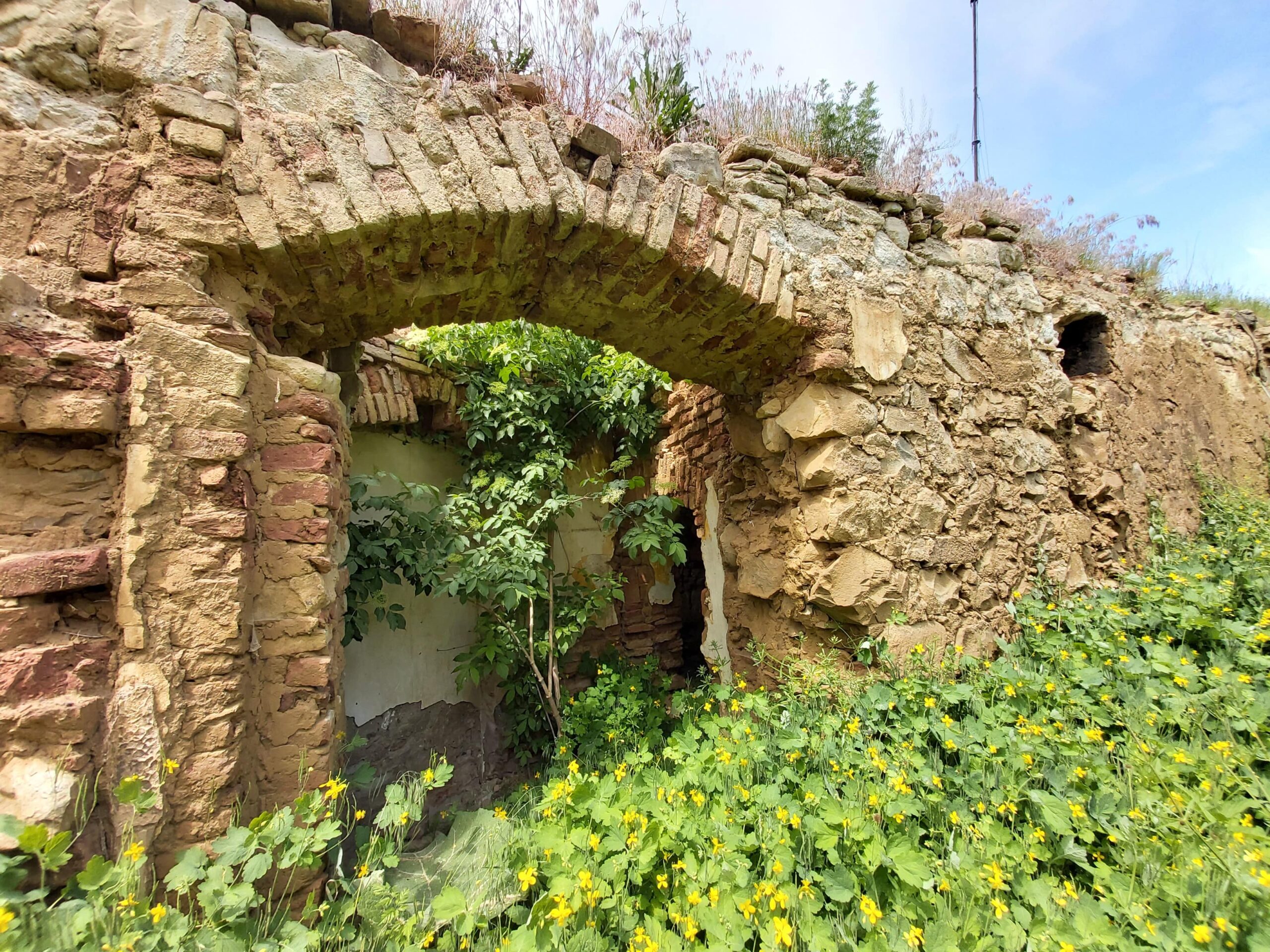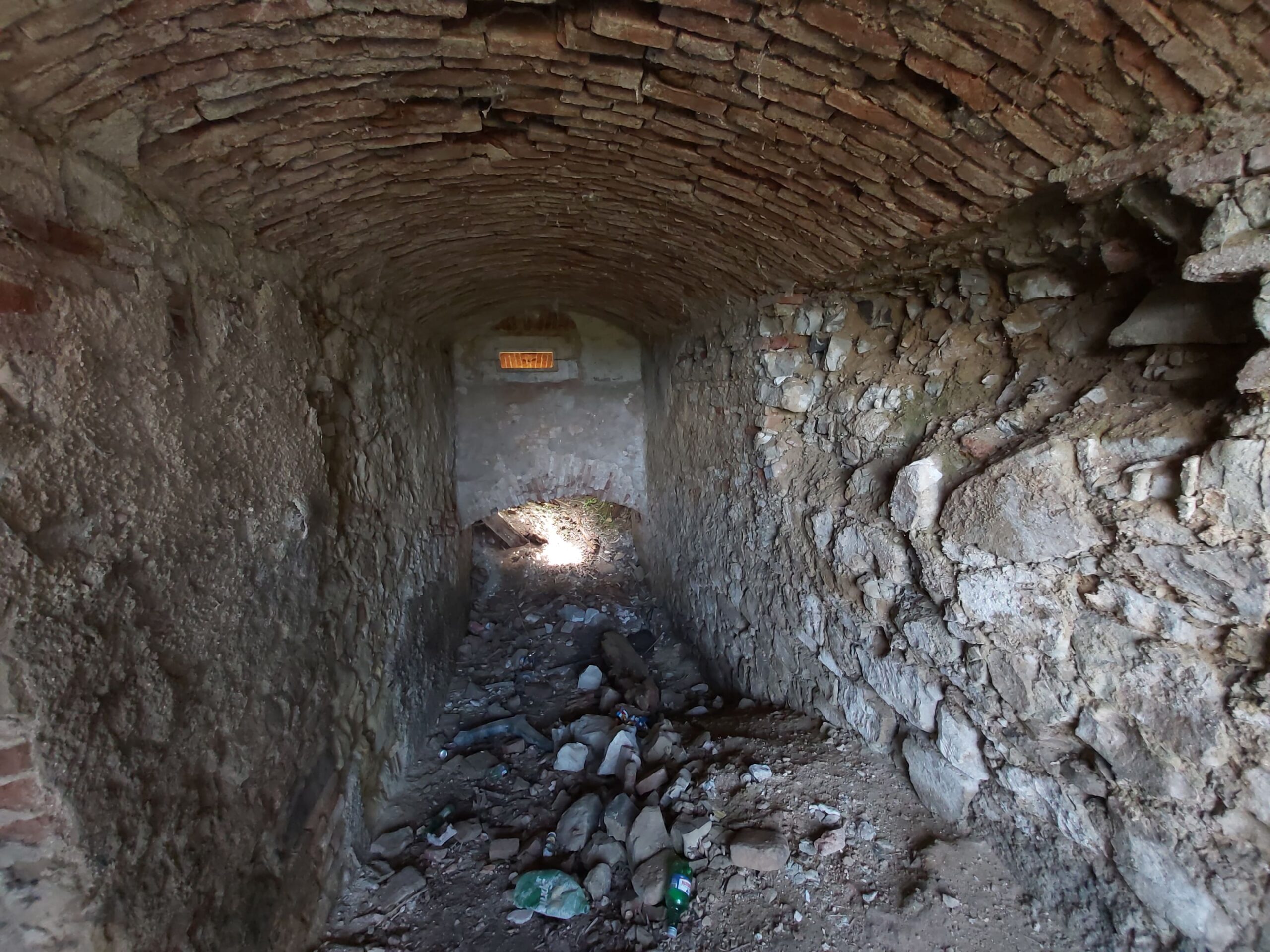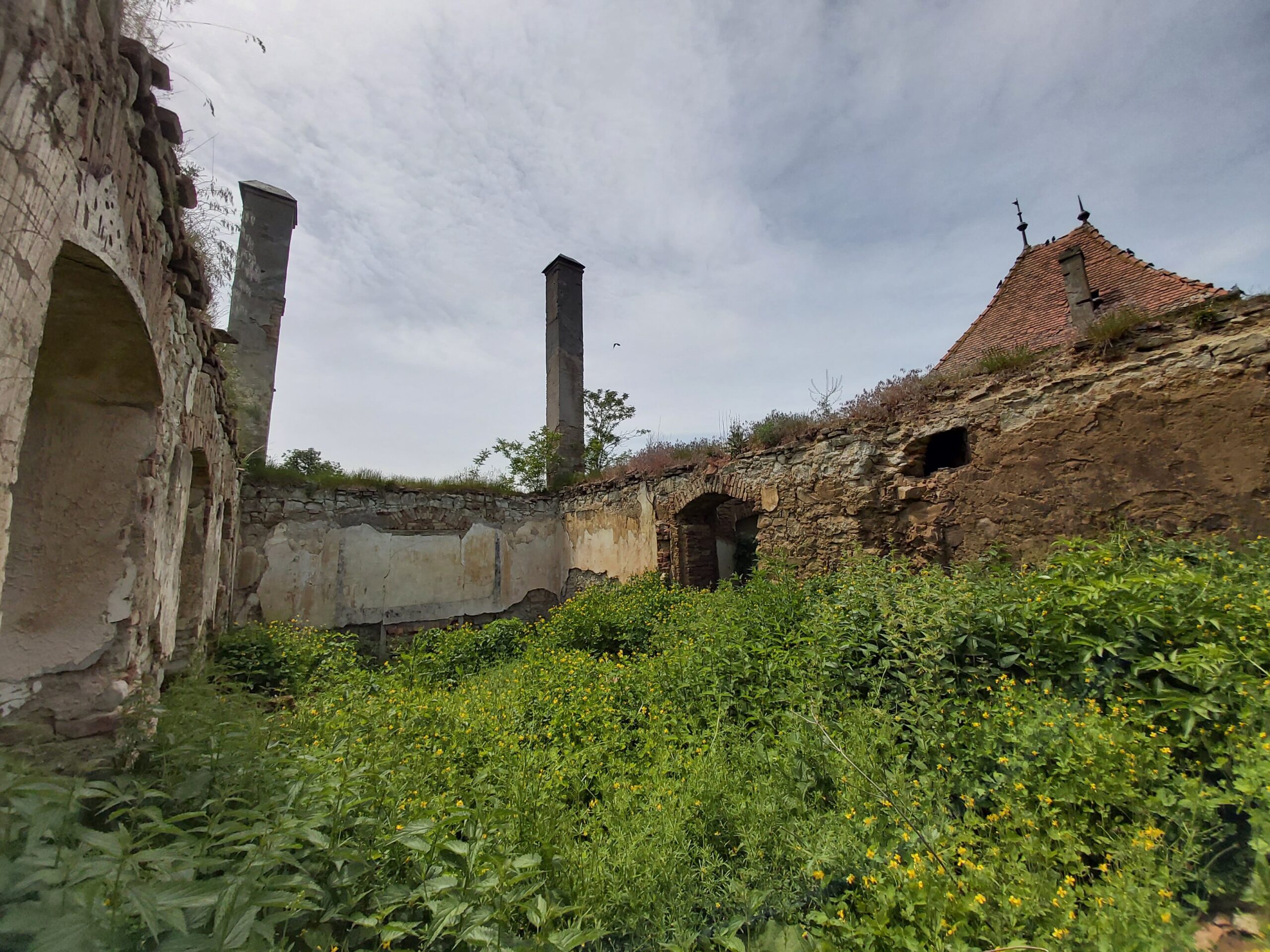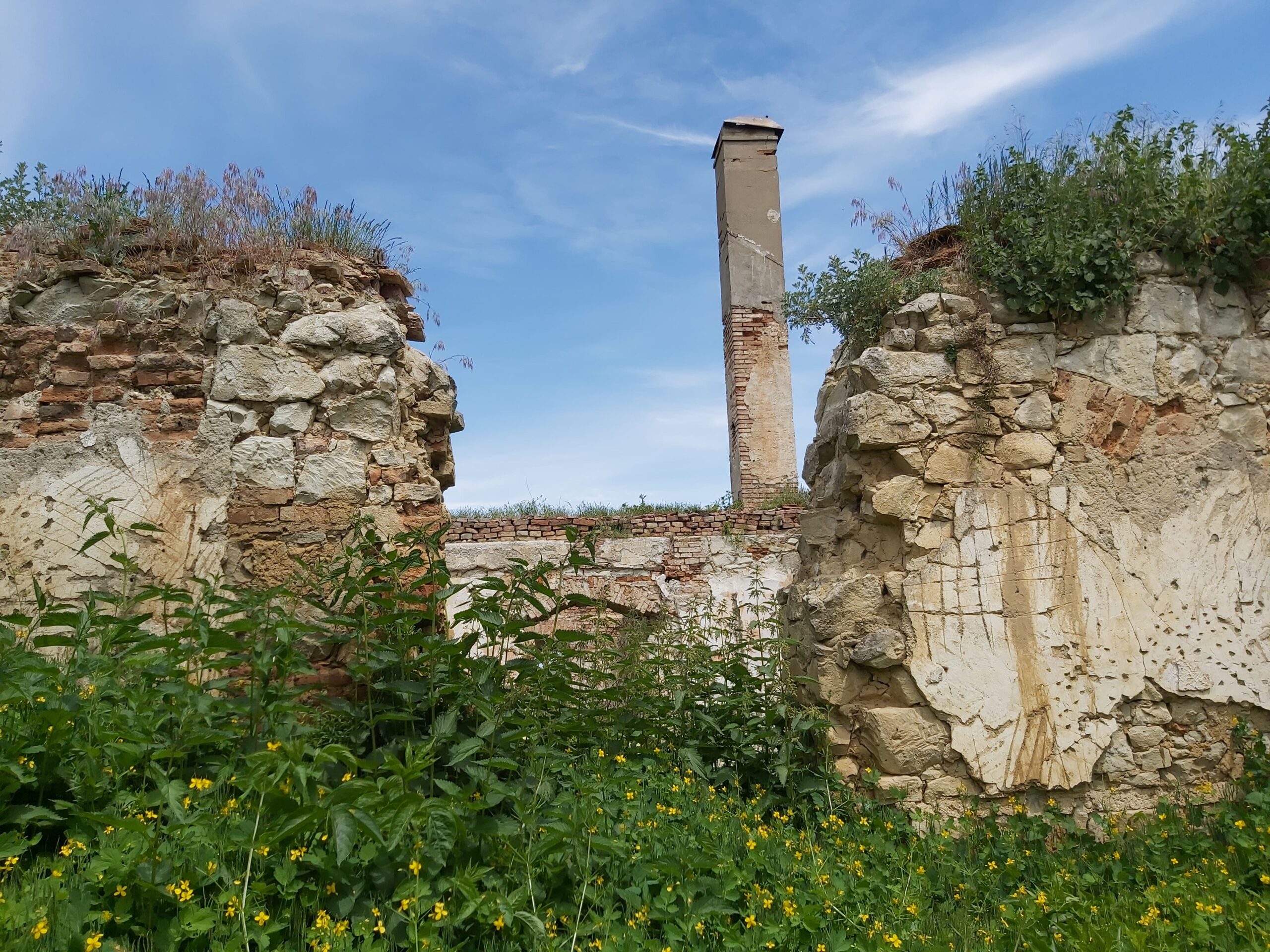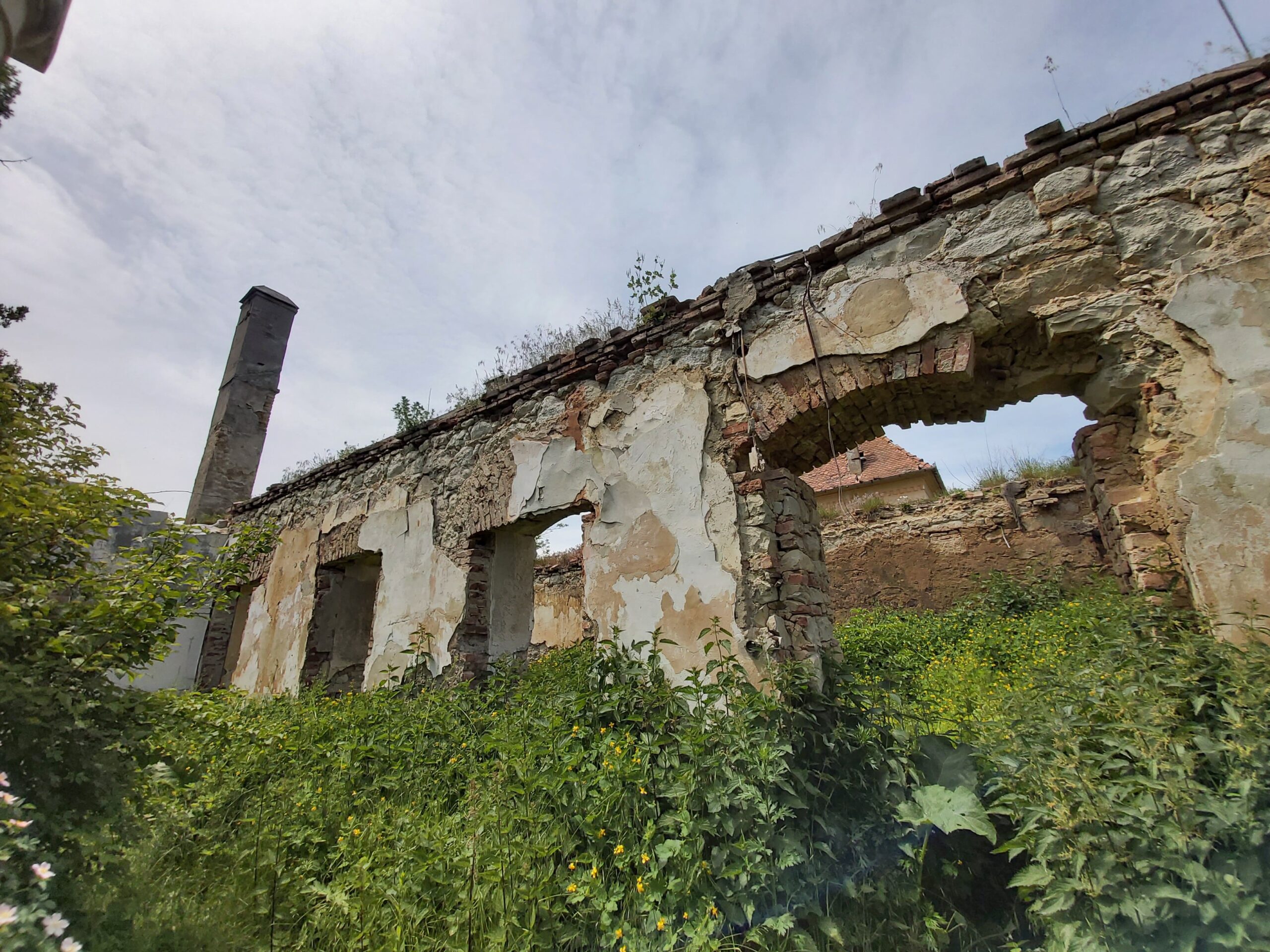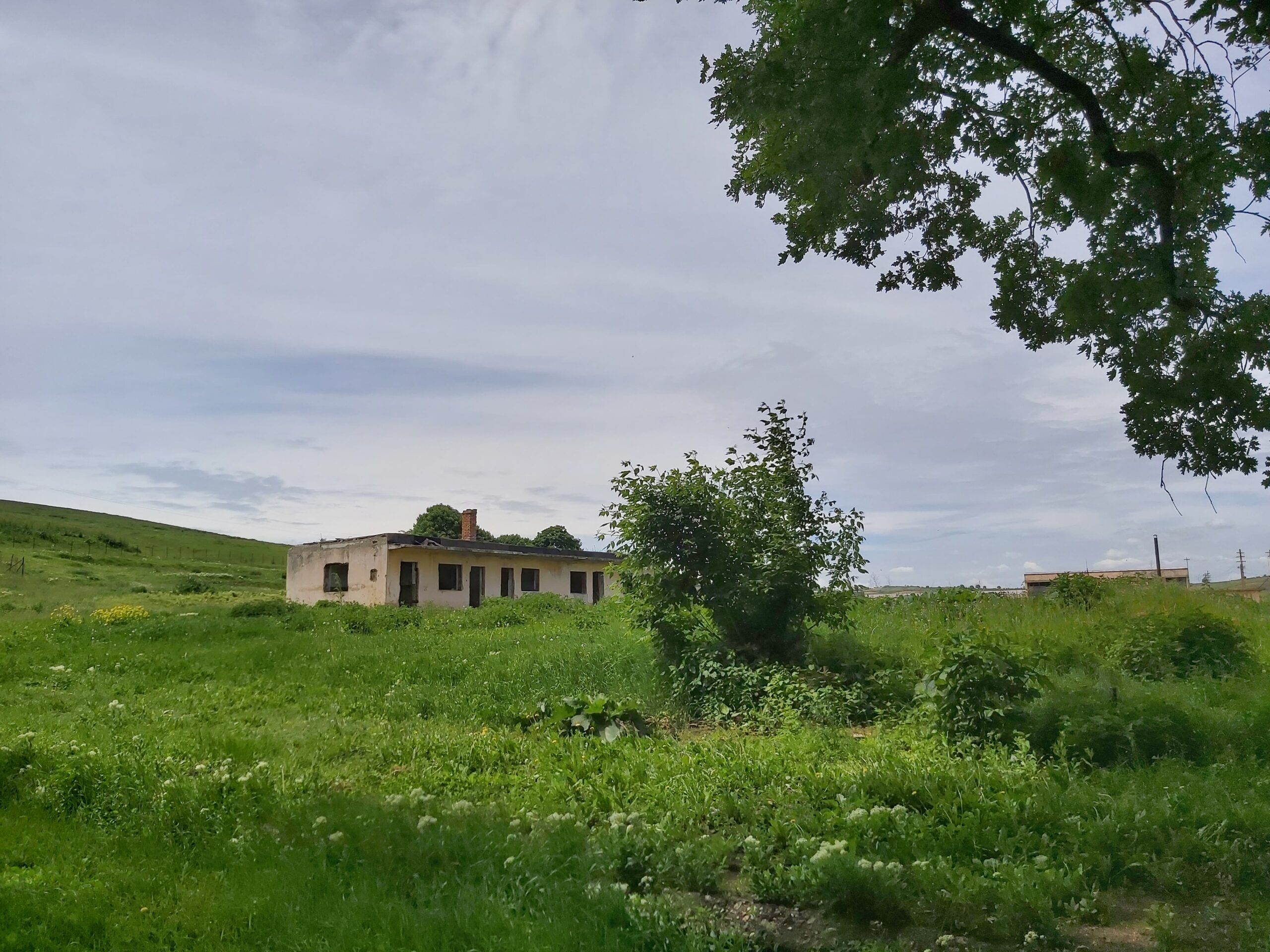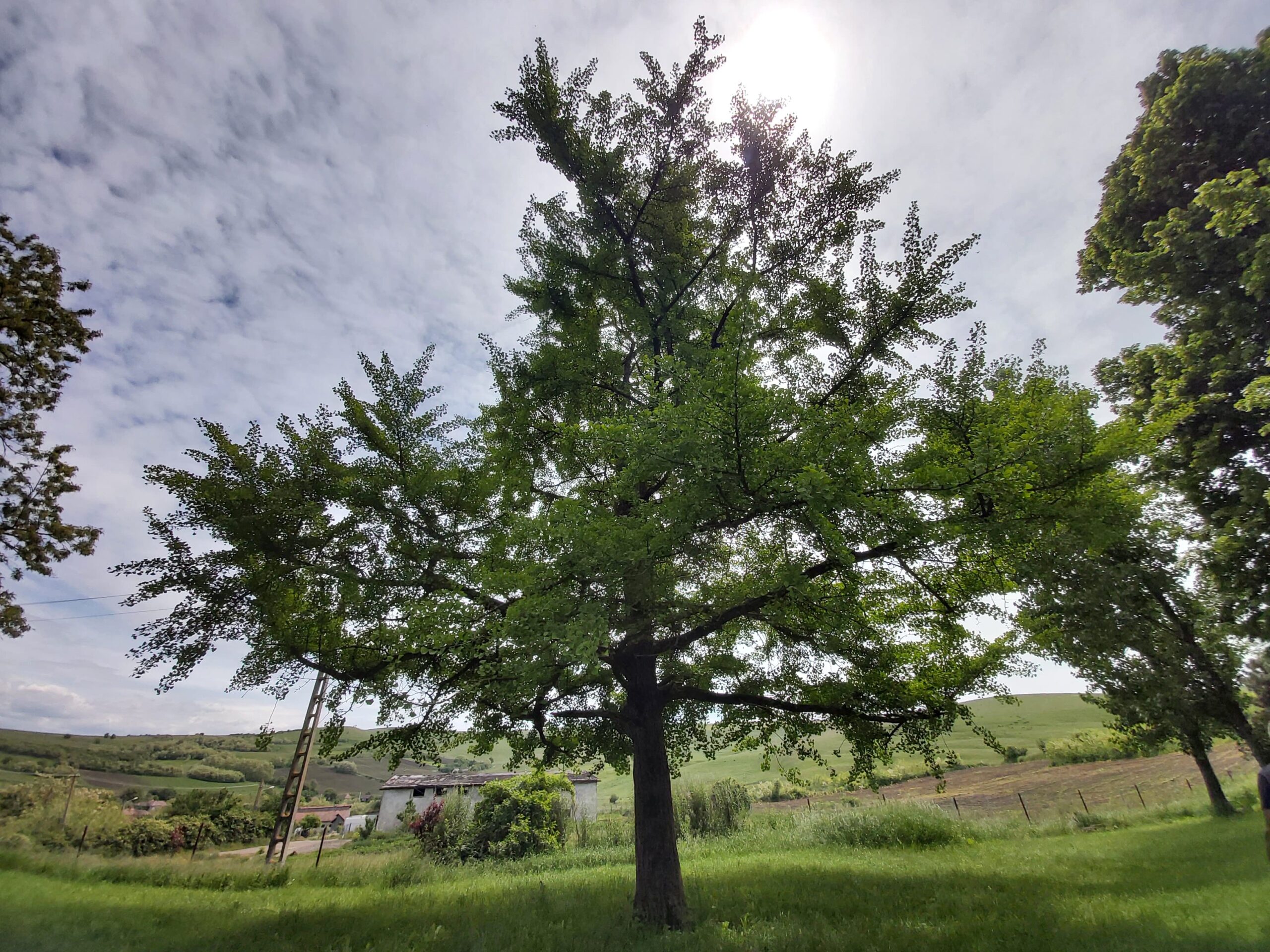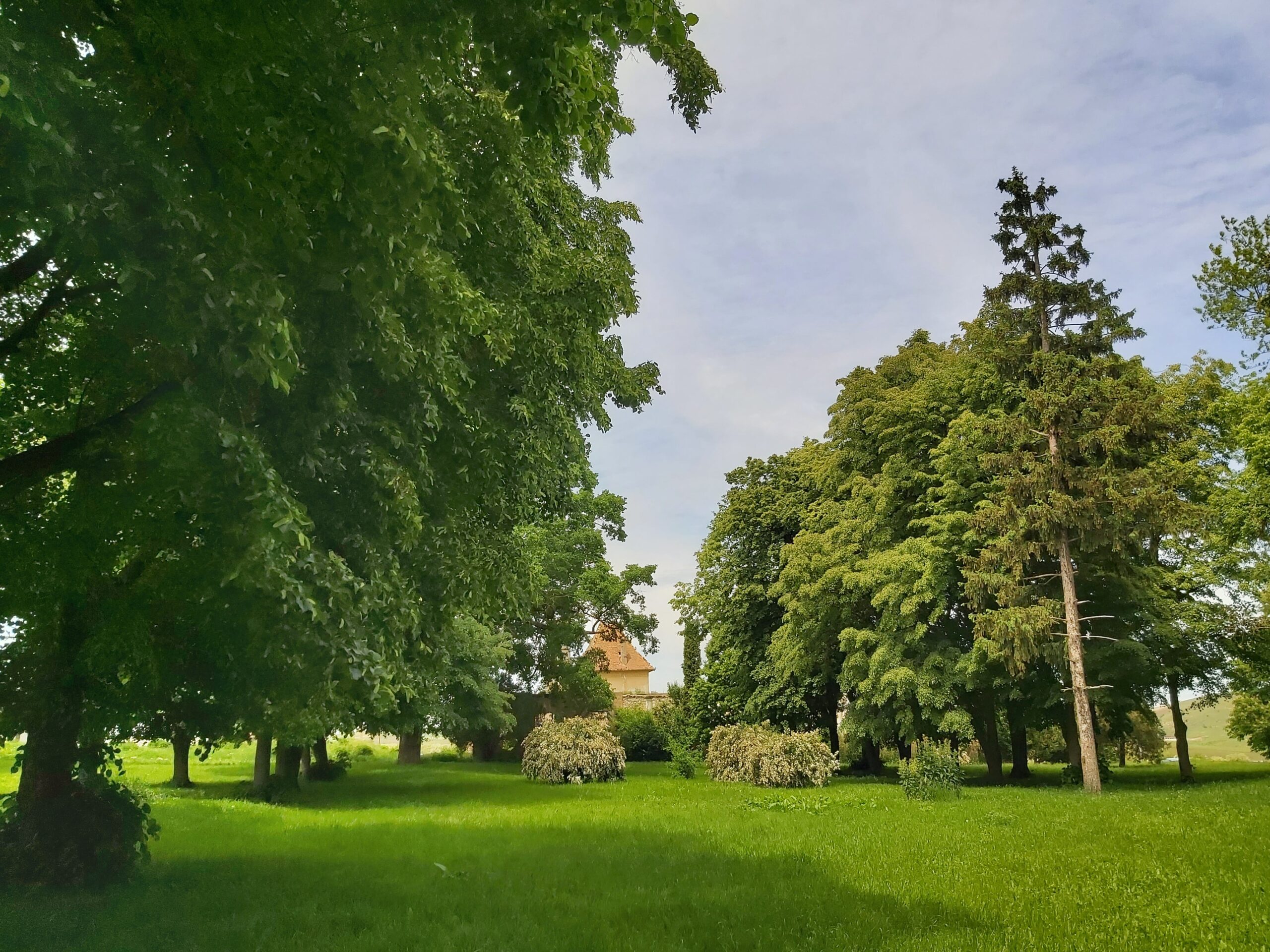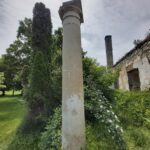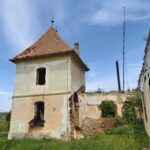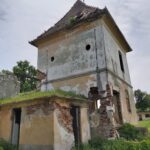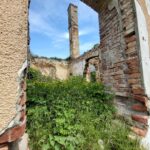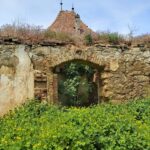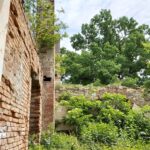Cămărașu (Pusztakamarás, Kammerischdorf) – Cluj County
Located at the border of Cluj and Mureș counties, the village of Cămărașu can boast both famous personalities who lived there and a series of monuments with a rich historical significance. The Kemény Manor has witnessed one of the most surprising cultural shifts in recent years. Is this for better or for worse?
The Kemény Manor in Cămărașu, built in the 18th century
The Kemény family, an old and respected noble family in the history of Transylvania, had two residences in Cămărașu, of which only the one on the southern edge of the village remains. Built in the 18th century and redesigned in the following century, the manor of the family, which gave Prince John Kemény of Transylvania among others, is a simple quadrilateral building with an added two-story quadrilateral tower. The four columns raised on the main façade, in front of the veranda, display the classical style of the manor. Today, not a single wall remains intact, and the roof has long since collapsed.
Though in the early 20th century it still stood in all its splendor, the manor was vandalized and looted by locals during World War II, who even destroyed its impressive library. In 1949, the communists dragged away Baron Béla Kemény II (1902-1957) and his wife, Jólán Antalffy (1901-1978), as well as the family of Baron Géza Kemény (1906-1945). Like most castles and manors, the Kemény Manor in Cămărașu became the headquarters of the local agricultural cooperative. Later, the manor was „completed” in a grotesque manner, with a toilet added to the tower and a barrack built in the yard for the heating plant.
Cămărașu, rich in history, put on the map by manele music
István Sándor, an heir of the Kemény family who lives in the USA, requested the restitution of the manor, which is listed as a historical monument in Cluj County, along with a portion of the property, but the course of events has faded into the mists of time. It is worth mentioning that Cămărașu also has a 13th-century Reformed church, rebuilt with the support of the Kemény family in 1758, the memorial house of writer András Sütő, one of the victims of the ethnic conflict in Târgu Mureș (March 1990), the monument of the 126 Jews killed in the Sărmașu Massacre (September 16, 1944), and it is also Cămărașu where writer Zsigmond Kemény lived and was buried.
Still, Cămărașu has become known throughout the country for something else. During our visit in June 2021, we were greeted by a kind gentleman (the current owner? the owner of the nearby farm?), who led us through the centuries-old trees remaining from the former park, encouraging to taste a Gingko biloba leaf. He enthusiastically discussed about the plans for a festival on the estate, one „even bigger than Electric Castle in Bonțida.” What seemed like a bold dream at the time materialized partially just a year later when the first edition of the manele festival in Cămărașu was organized. Two more followed, and the songs of Nicolae Guță or Culiță Sterp echoed on the Kemény estate.
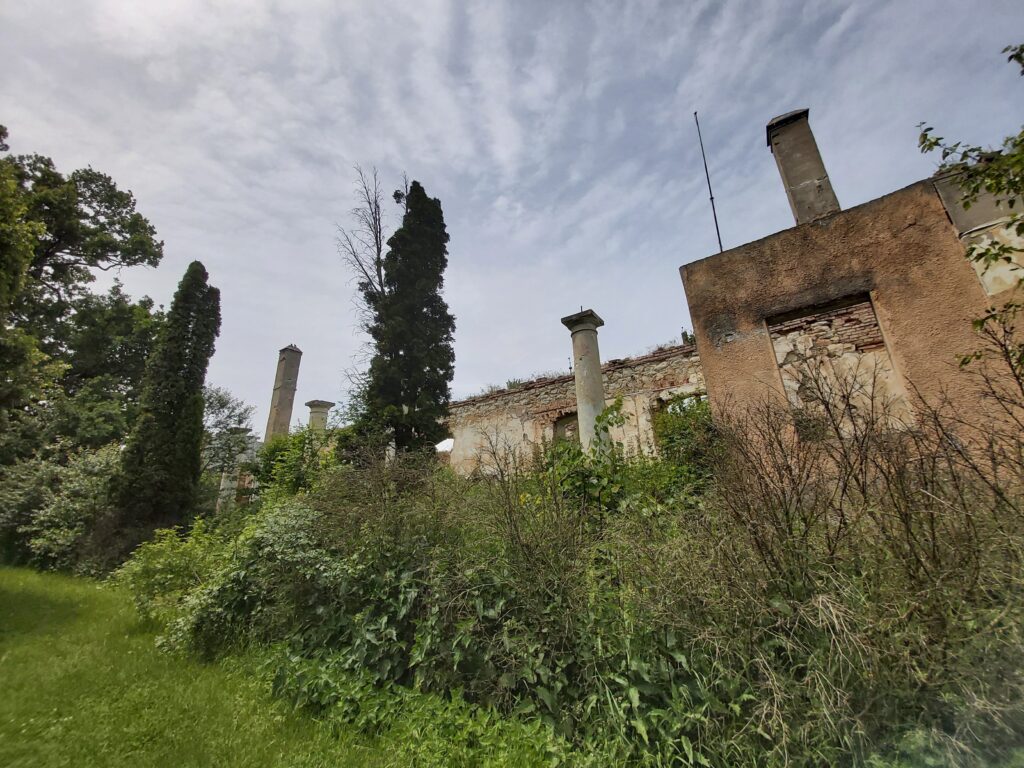
While Bánffy Castle in Bonțida is increasingly revived with each edition of the Electric Castle festival, with part of the proceeds going toward restoration, the Kemény Manor in Cămărașu has been completely marginalized, merely an awkward piece in the setting of the festival with Balkan rhythms. It is hard to believe that the sun will ever shine again on this historic monument’s street…

